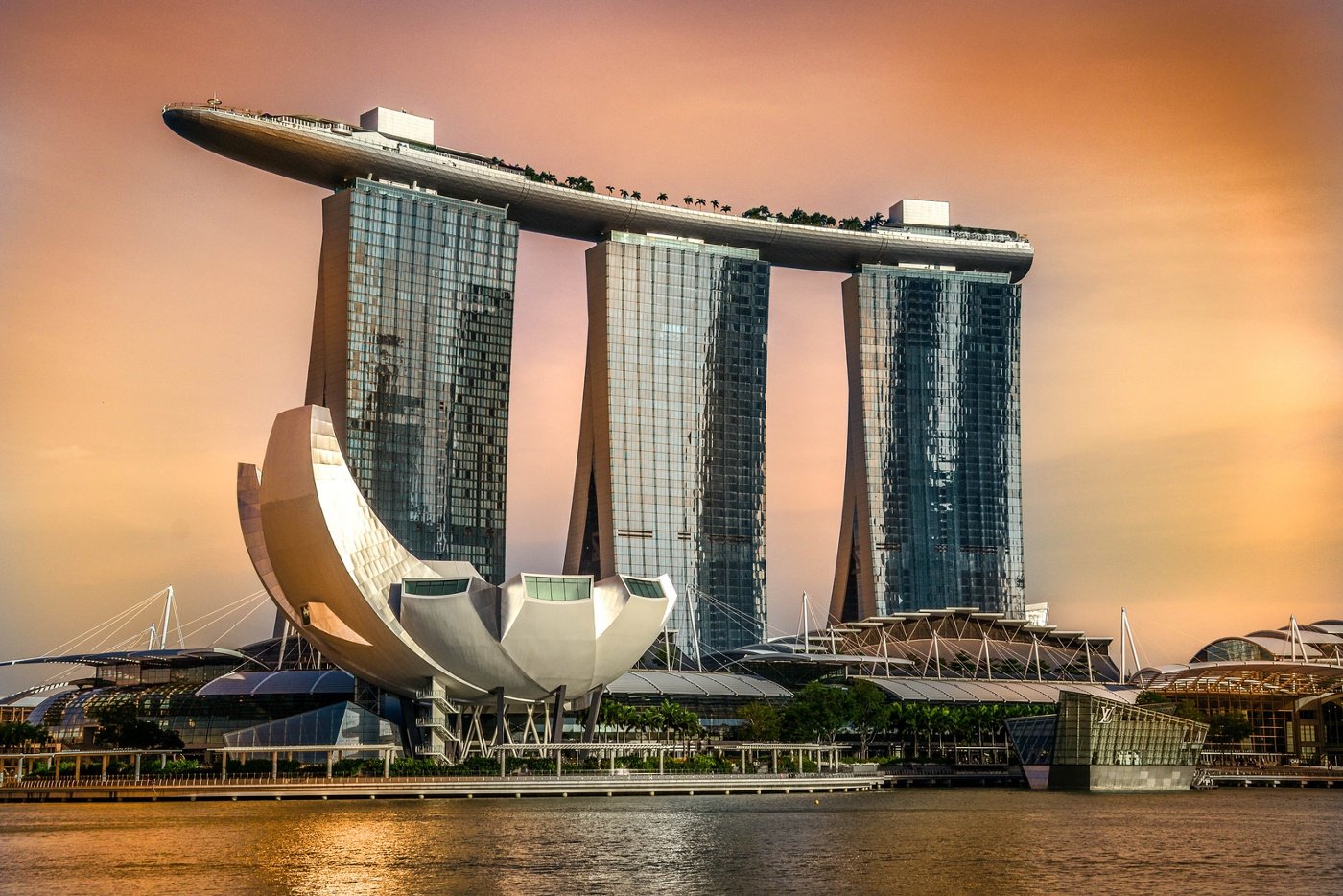Marina Bay Sands is the World’s Most Profitable Casino But It’s Probably Past Its Best: Analyst
Posted on: February 26, 2019, 03:32h.
Last updated on: February 26, 2019, 07:41h.
Analysis from the Motley Fool this week suggests that the best days of LVS Corp’s Marina Bay Sands, Singapore, may be behind it.

That’s bad news for LVS because it derives a third of its EBITDA (earnings before interest, tax, depreciation and amortization) — some $1.5 billion — from this single property. Even if you’ve never quite managed to wrap your head around what EBITDA is, you can still probably appreciate that’s quite a big deal.
But according to The Fool’s Travis Hoium, things are starting to slow down at the $8 billion property on Singapore’s Marina Bay. Hoium notes that EBITDA has stagnated and even fallen recently — and as competition in the Asian market increases, it’s hard to see where there’s any room to grow.
“In every quarter in 2018 we see VIP play on the decline, and in three of four quarters mass market play fell versus a year ago,” said Hoium. “The drop in play isn’t reflected in the EBITDA numbers … because 2018 has been an unusually lucky year for Marina Bay Sands.
“The first quarter in particular saw the casino win almost 50 percent more than normal luck would expect. Without that lucky quarter, results would likely show a decline in EBITDA shaping up,” he added.
Monumental Cost
One of only two casino resorts in Singapore — and likely to remain so for the foreseeable future — the Marina Bay Sands was described by LVS on its 2010 opening as “one of the world’s most challenging construction projects and certainly the most expensive stand-alone integrated resort property ever built.”
Despite its monumental cost to build, it survived the pressure of the global financial crisis during construction when many much less expensive projects did not — and it was an immediate success.
In June of its opening year, half a million gamblers passed through its doors. Hoium describes it as “likely the most profitable resort and casino in the history of the gaming industry.”
Singapore Model
But nine years on, gaming has expanded in Macau, Korea, and the Philippines, while Japan — which has largely styled its impending casino gaming market on “the Singapore model” — will soon join the competition. Meanwhile, there are fears that the region’s casino sector could soon bear the brunt of a slowing Chinese economy.
Hoium stresses that this is not to suggest it has ceased to be an immensely valuable asset — it’s just that it may have passed its peak, and this could have a real impact on LVS’ stock.
“Investors should keep an eye on Marina Bay Sands’ gaming volume trends over the next few quarters for further deterioration in gaming,” he writes. “If players are no longer gambling like they used to, it would be a huge hit to the company’s earnings, and given the resort’s size it would be a tough loss of revenue to make up.”
No comments yet